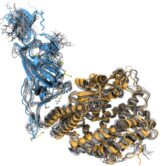A computational sciences fellow models COVID-19 virus variants and examines how people weigh complex decisions.
Fellows’ Research

Statistically significant
A LANL statistician helps cosmologists and epidemiologists grasp their data and answer vital questions.
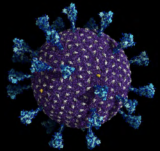
Decoding disease
A CSGF fellow doggedly applies computational models to COVID-19 and cancer.
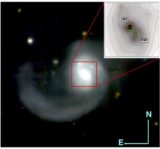
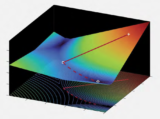
Optimized for discovery
A computational mathematician finds a national lab ideal for a highly collaborative career.

Luck and learning
Friends – and computational science fellows – team up with Toyota and Berkeley Lab, combining serendipity and machine learning in a search for sustainable-energy materials.

Pandemic view – plus privacy
A fellow helps guide an international volunteer effort to develop COVID Watch, a mobile telephone application that prioritizes privacy.

Beyond the tunnel
Stanford-led team turns to Argonne’s Mira to fine-tune a computational route around aircraft wind-tunnel testing.

Efficiency surge
A DOE CSGF recipient at the University of Texas took on a hurricane-flooding simulation and blew away limits on its performance.
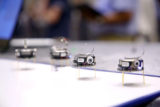
Robot whisperer
A DOE computational science fellow combines biology, technology and more to explore behavior, swarms and space.
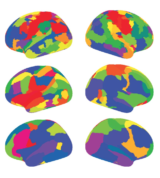
Higher learning
Computational Science Graduate Fellow Alnur Ali rides an early career at Microsoft to the upper ranks of machine-learning research.

A fusion fix
Graduate fellow leads software project to head off damaging fusion energy disruptions.
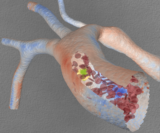
Virtual vessels
The circulatory simulations a Computational Science Graduate Fellowship alumna now at Duke University could help physicians choose the best treatments before operating.

Ditching intuition
Replacing lab tedium for efficiency, SLAC-Stanford team taps machine learning to screen for chemicals with promising properties.

Universe in a day
A team working on the Titan supercomputer simulates the biggest thing of all in a flash, then shares.
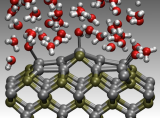
Back to the hydrogen future
At Lawrence Livermore National Laboratory, Computational Science Graduate Fellowship alum Brandon Wood applies the world’s most sophisticated molecular dynamics codes on America’s leading supercomputers to model hydrogen’s reaction kinetics.
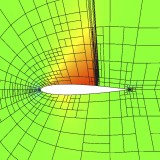
Foiling airflow error
Portraying airflow over wings and other fluid movement is tricky. A Department of Energy award for early-career researchers is helping a former DOE CSGF fellow devise mathematical methods to decrease the error rate in fluid modeling.
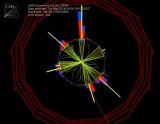
Cosmic questions
MIT’s Dragos Velicanu is helping sort through data from the Large Hadron Collider for clues to the mysteries surrounding the strong force and the early universe.

A passion for pressure
Plasmas are the purview of Livermore scientist and Computational Science Graduate Fellowship alumnus Jeffrey Hittinger. He works both sides of the fusion street – inertial confinement and magnetic confinement – while simulating aspects of these tremendously hot, fast-moving particle clouds.
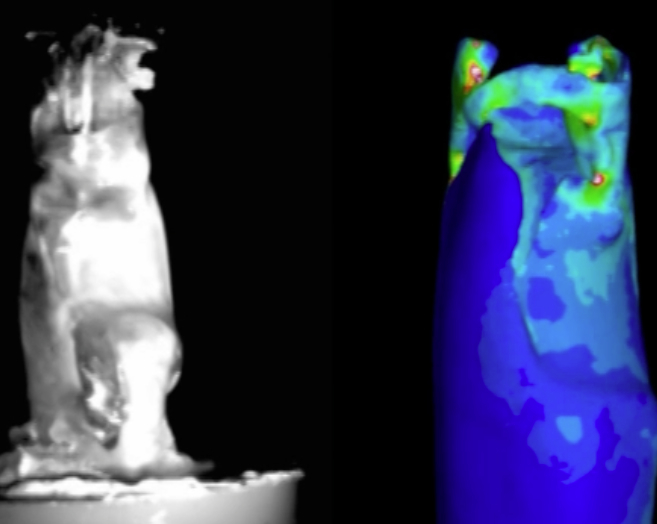
Prime-time punch
The mantis shrimp packs one of the strongest punches on Earth. Computational Science Graduate Fellow Michael Rosario is investigating the physics, design and material properties behind the crustacean’s prey-crunching wallop. His research has landed him on the National Geographic Wild channel.
Designer yeast
A Johns Hopkins University team has built a yeast chromosome from scratch, they report today in the journal Nature. Sarah Richardson used what she learned as a Computational Science Graduate Fellow to help design and monitor the chromosome’s construction.

Pounding out atomic nuclei
Thousands of tiny systems called atomic nuclei – specific combinations of protons and neutrons – prove extremely difficult to study but have big implications for nuclear stockpile stewardship. To describe all of the nuclei and the reactions between them, a nationwide collaboration is devising powerful algorithms that run on high-performance computers.
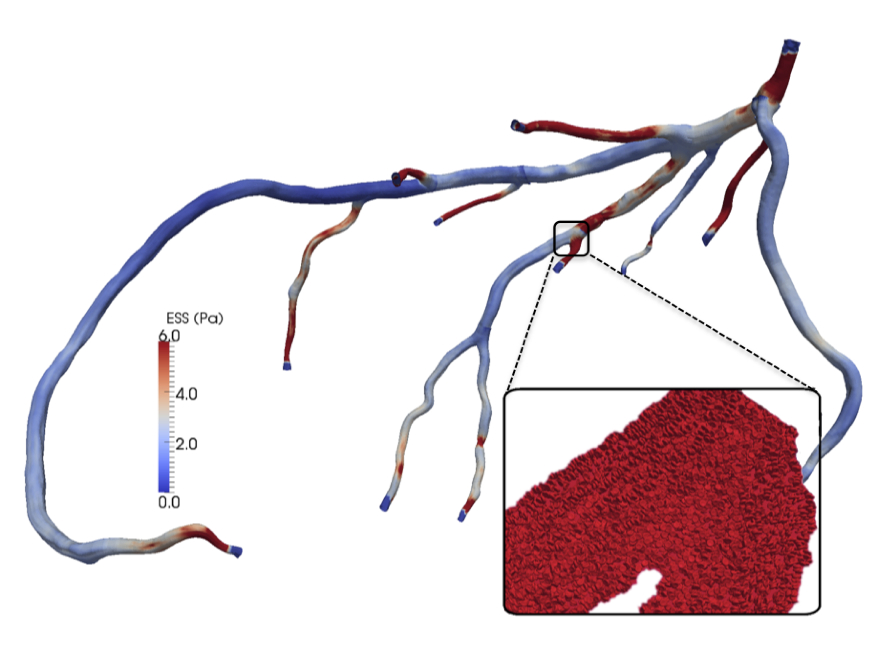
Pressure and flow
The first large-scale simulation of blood flow in coronary arteries enlists a realistic description of the vessels’ geometries. Researchers reported on the simulation today at the SC10 supercomputing conference in New Orleans.
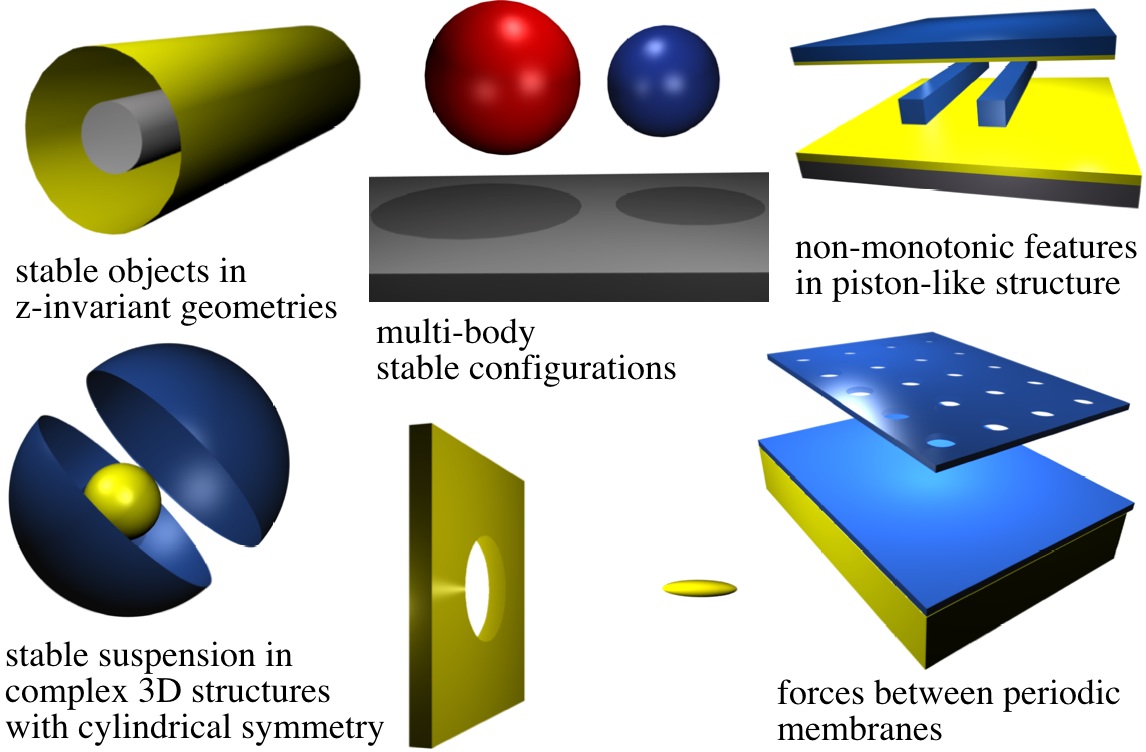
Forceful thinking
A quantum curiosity called the Casimir force gums up micro- and nanomachines. Work at MIT led by a newly minted alumnus of the DOE Computational Science Graduate Fellowship suggests uses for the force – and ways around it.

